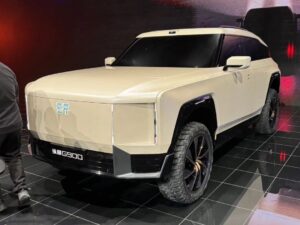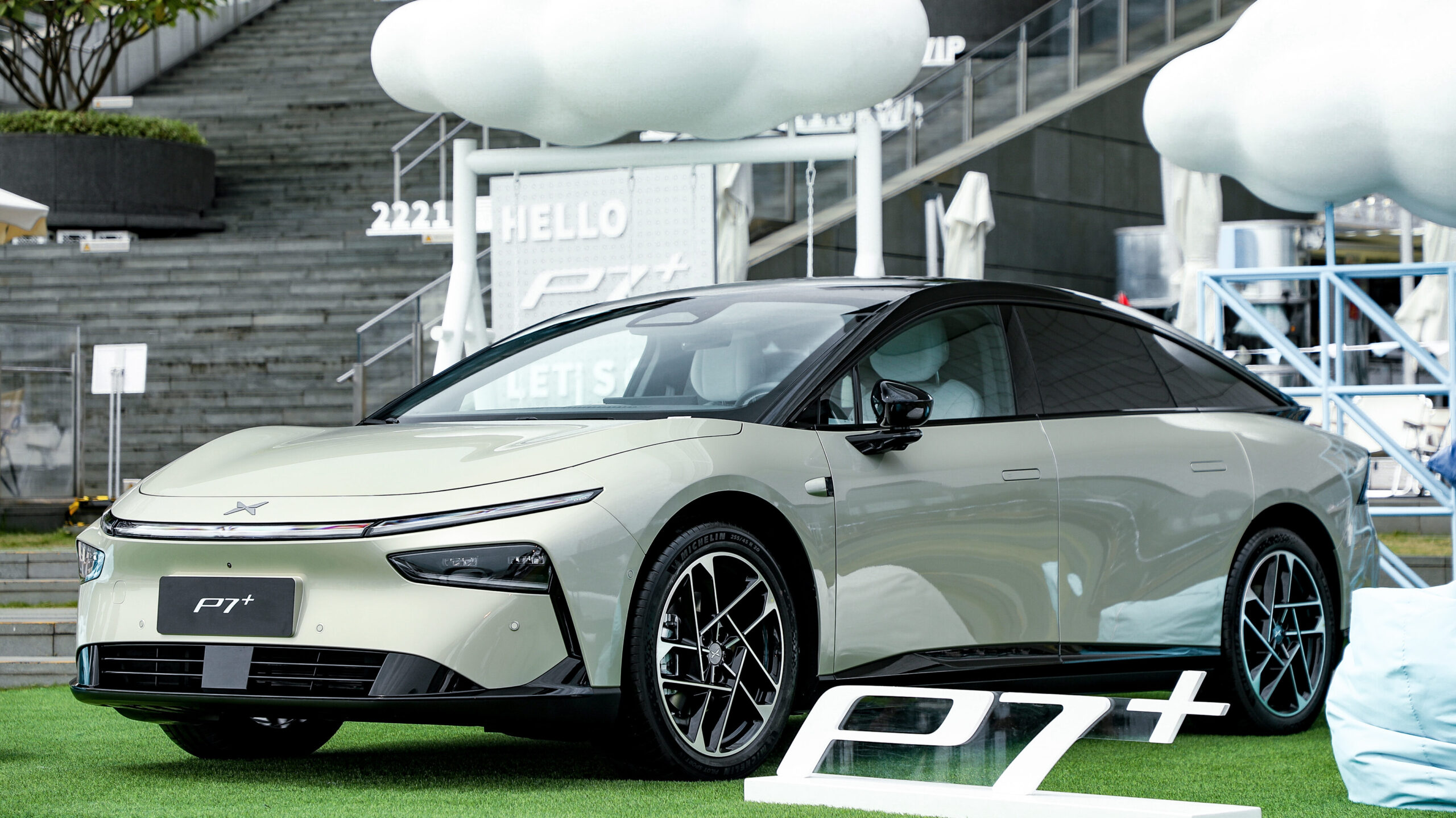
XPeng has officially unveiled the P7+, a large hatchback they’re describing as “the world’s first AI vehicle”.
The all-new model, which despite its name is not based on, and won’t replace, the standard P7i, will debut the most advanced version of XPeng’s autonomous driving technology, a vision-only ADAS system they’re calling “Eagle Eye” vision.
The system is claimed to use cameras so advanced they can see an area as large as 1.8 standard football fields, which should be around 189 metres based on the size of a European football field.
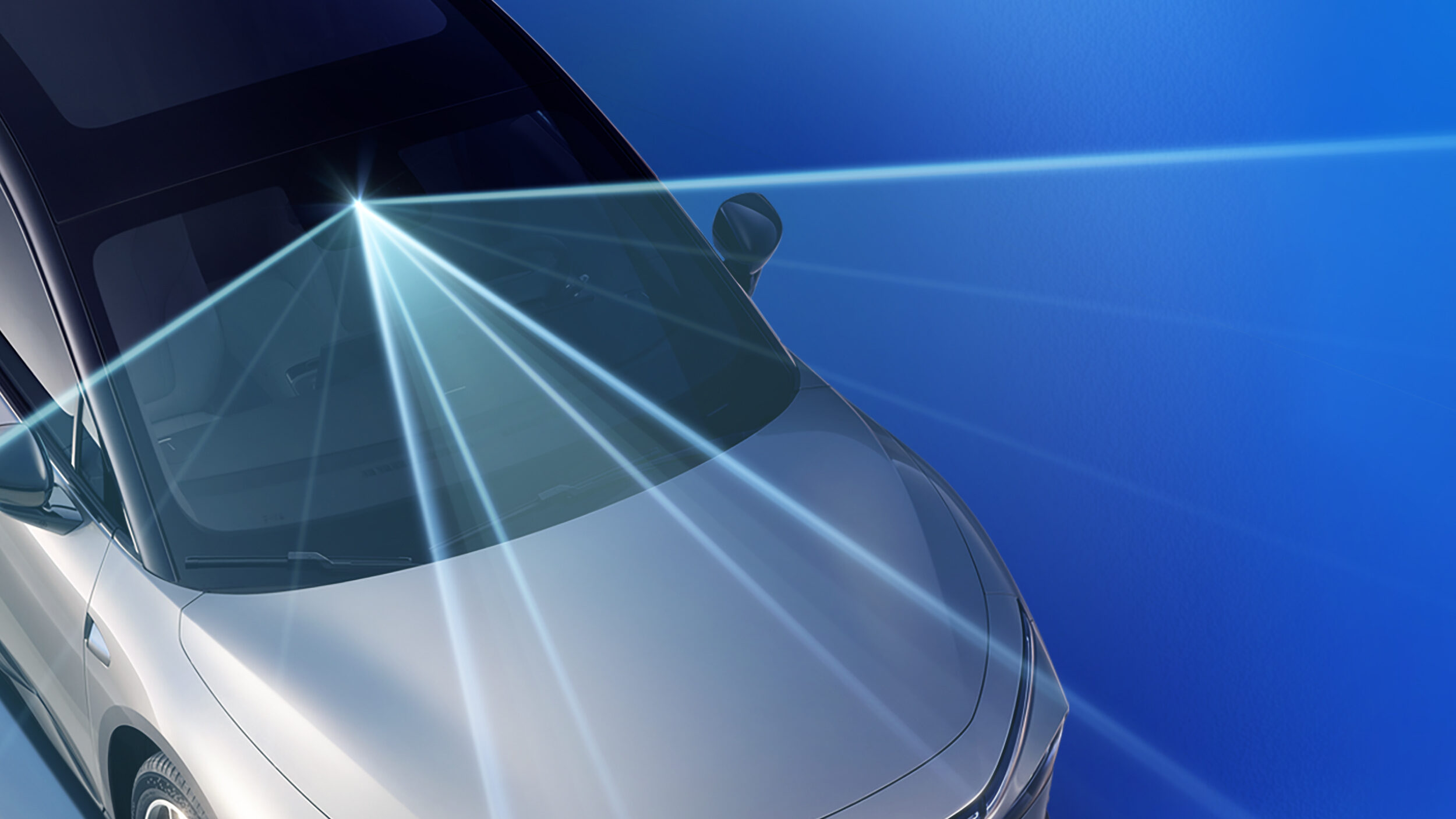
Based on XPeng’s description that the system is not limited by city, route or road conditions and can drive “door-to-door” or “parking space-to-parking space”, it should effectively be a level 4 or 5 autonomous system that can be used in any market. It certainly makes it interesting that XPeng happened to launch the car and system on the same day as Tesla’s expected robotaxi unveil later in the day.
The system will make use of dual NVIDIA Orin-X chips with 508TOPS of processing power and will be available when the vehicle is delivered, which XPeng says will begin in November.

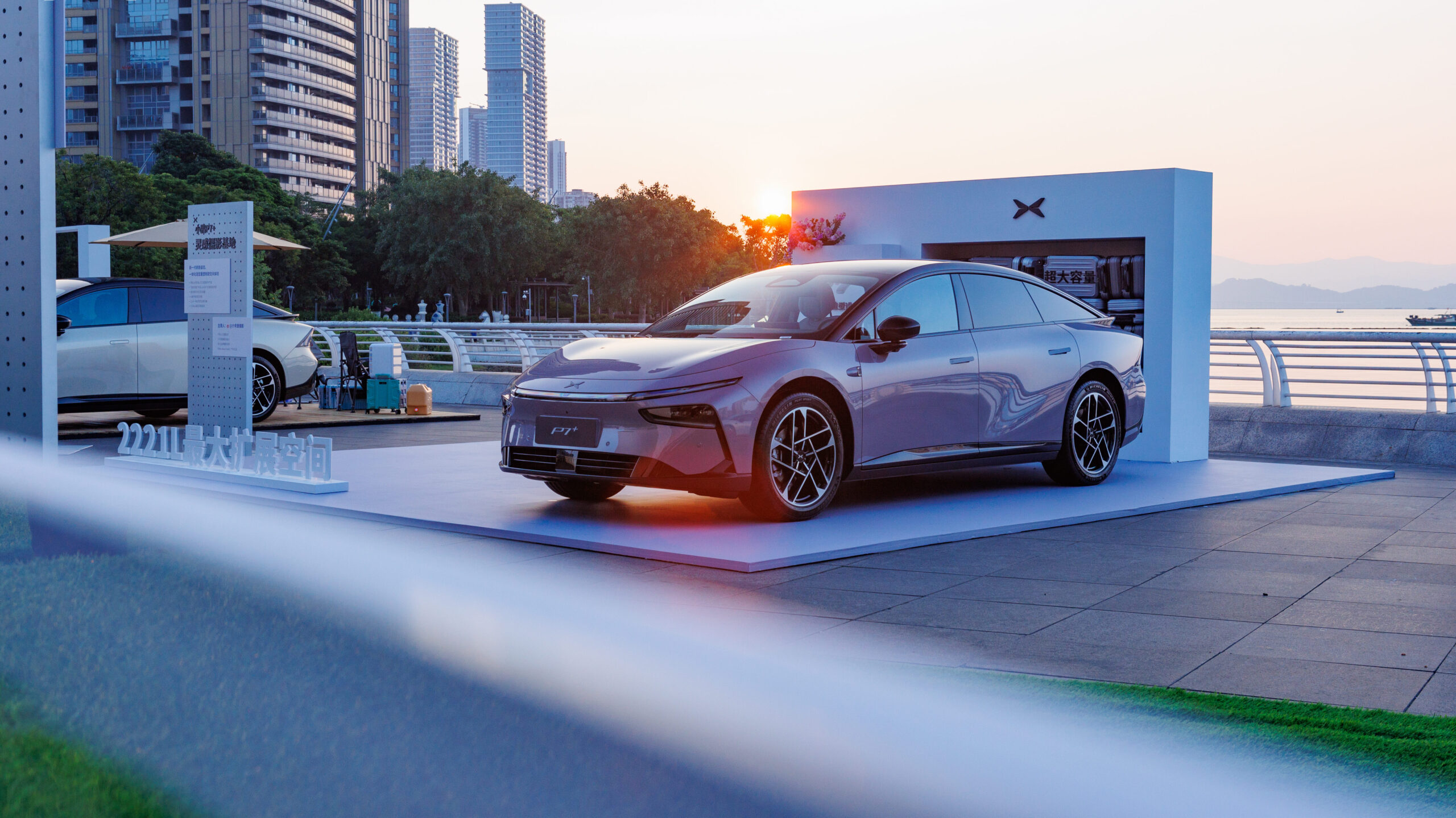
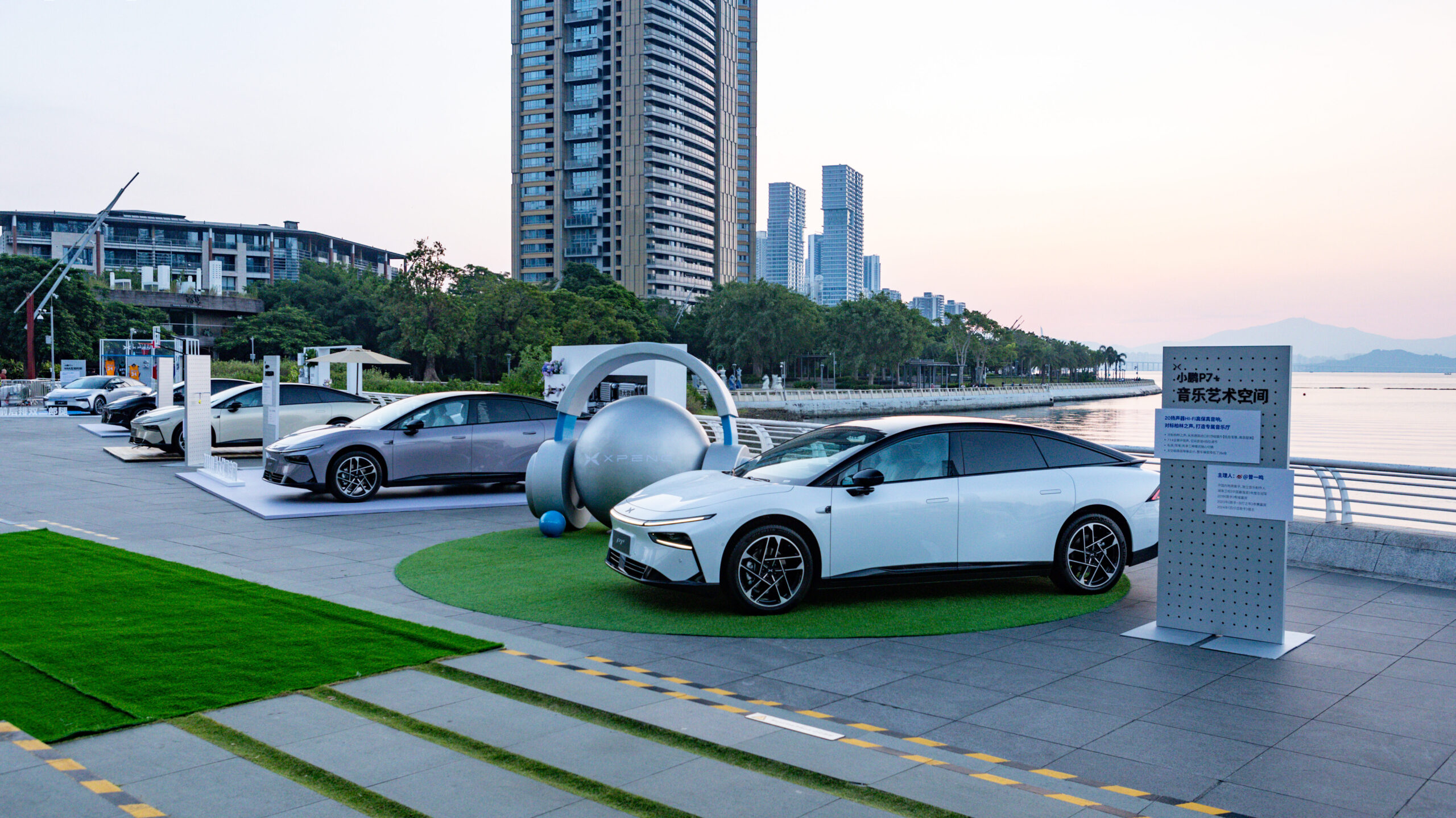
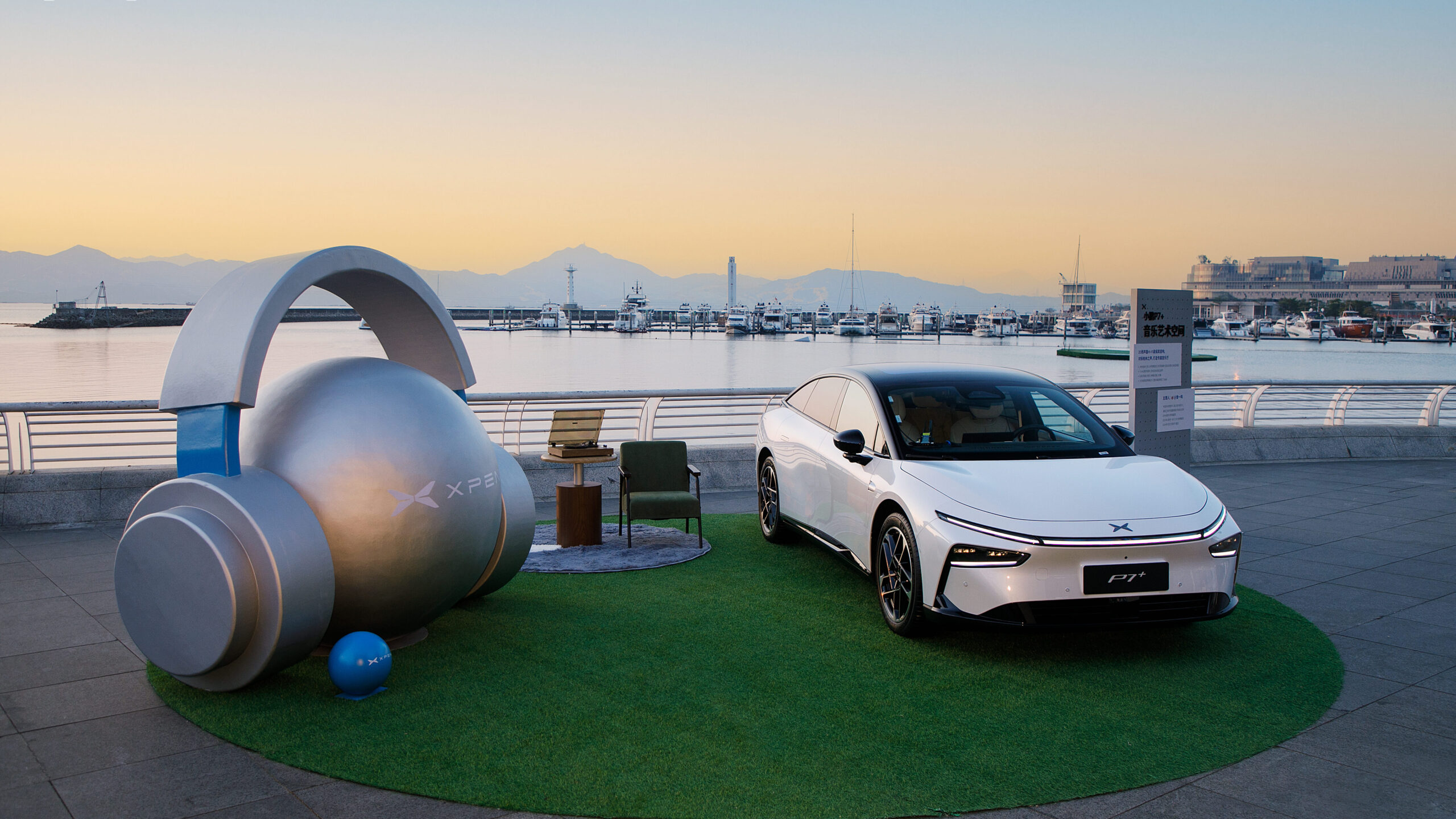
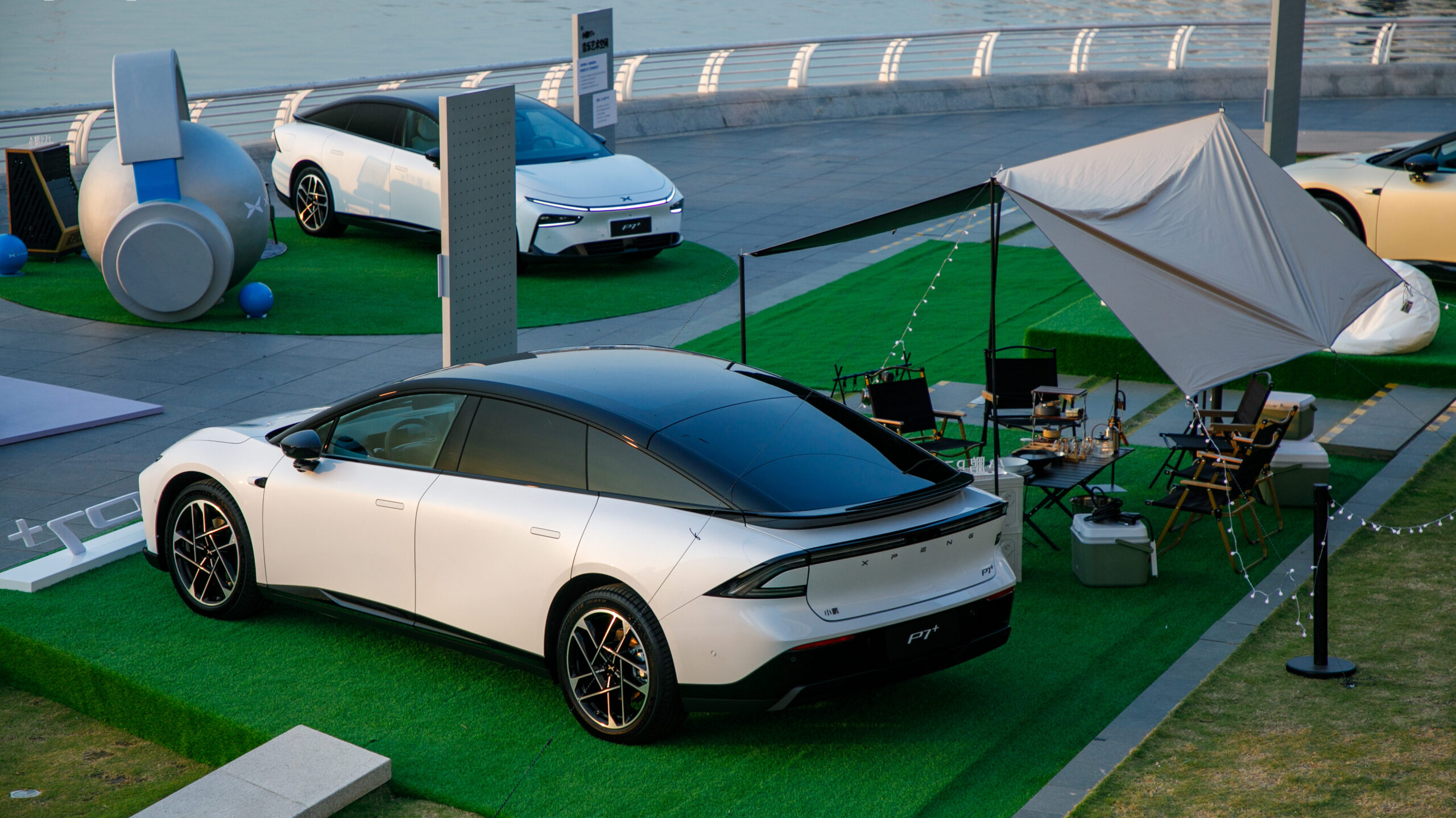
XPeng didn’t announce any prices for the model today but did announce a number of details about the car, including things like dimensions, battery sizes and powertrains, and some trim features as well, and that the car will be officially launched at the 2024 Paris auto show on October 14th, a big hint that the car will get a solid European sales push.
At 5,056mm long, the P7+ is almost 20cm longer than the P7i, 4cm wider at 1,937mm, and 6cm taller at 1,512mm, with an almost identical wheelbase of exactly 3,000mm.
Unlike the the P7i, the P7+ makes use of a hatchback tailgate like on the MONA M03, giving the P7+ a quite staggering luggage space of over 700-litres, while XPeng made a big deal of the car having maximum luggage space of 2221-litres, perhaps with the seats down and the front seat moved out the way. This, they demonstrated, meant the car could accommodate 32+1 20-inch suitcases.
Somewhat curiously, the P7+ will initially only come with rear-wheel drive variants, a base version with 180kW of power, and a more powerful version with 230kW. We’d have to suspect a dual-motor version will come online later on but there’s no word on that yet.
Battery packs, too, come in a pair of variants, a 60.7kWh unit offering up to 620km (385 miles) of range on CLTC, and a larger 76.3kWh battery offering 710km (441 miles) of range, again on CLTC.
With a drag resistance of as little as 0.206Cd, the P7+ was compared on stage to a McLaren supercar, showing matching drag ratings, with this aerodynamic focus enabling the P7+ to consume as little as 11.6kWh of electricity per 100km. This goes some way to explaining the curious notchback rear window set up at the back.
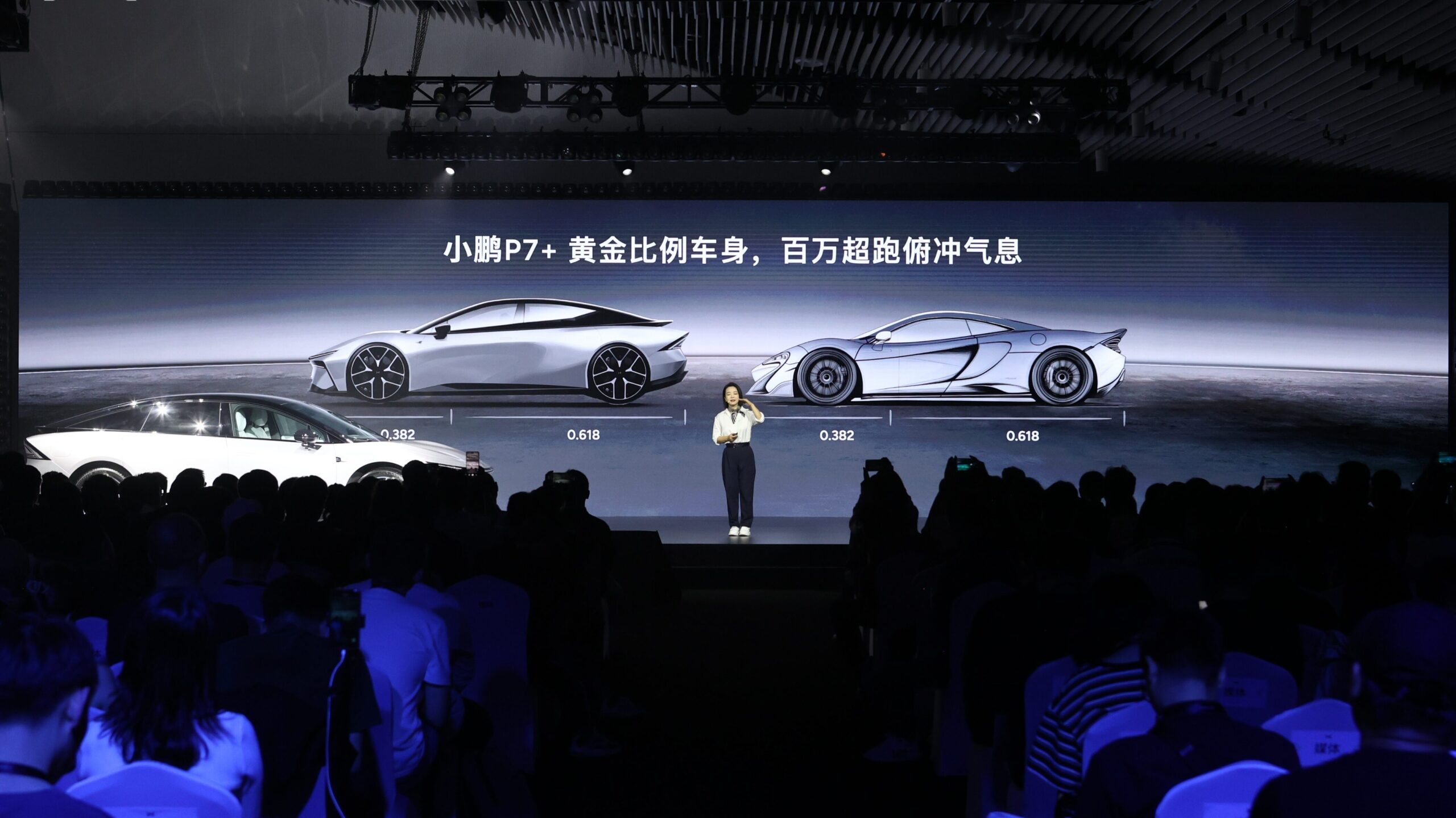
Inside, a bright and spacious interior offers a large central screen in the front, 15.6-inches in size and running the latest Snapdragon 8295 chip and the XOS 5.4.0 system, and an 8-inch screen in the back offering seat control functions, music, and videos as well.
Supporting this are 20 speakers offering 7.1.4 surround sound with premium speaker cones imported from Europe.
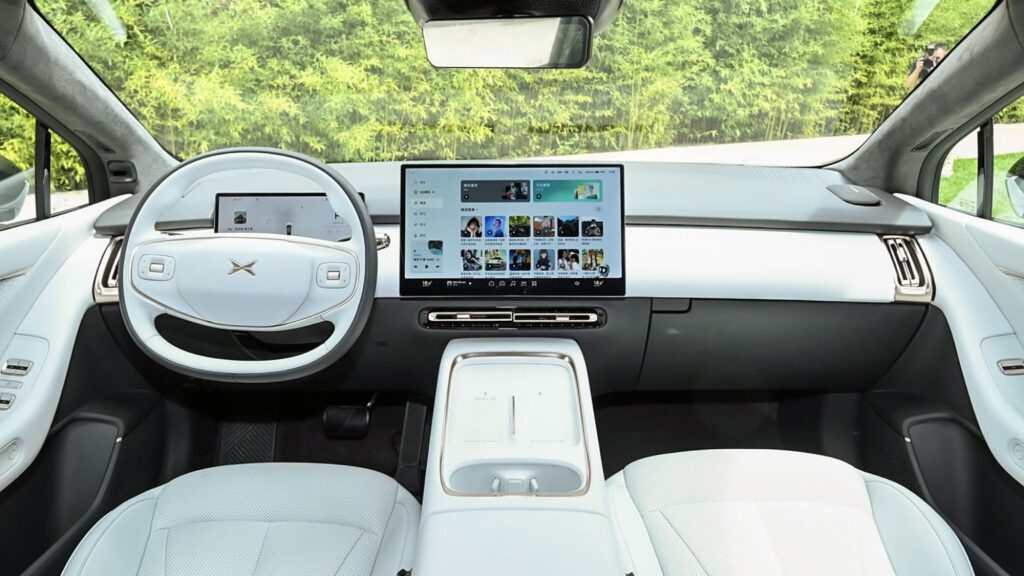

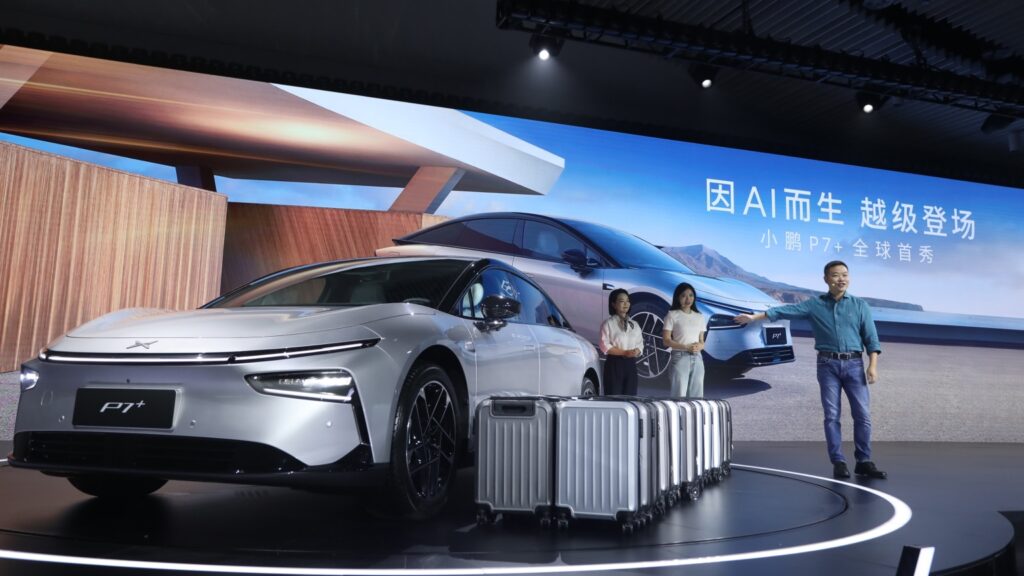

Other notable features include the use of Nappa leather, Microfiber, and OEKO-TEX certified synthetic materials throughout the cabin, rear seat backs that can recline from 27- to 37-degrees, and rear legroom of 994mm, beating the Audi A6L and Mercedes-Benz E-Class.
There’s also a 2.1m2 panoramic roof, twin 50W vented wireless chargers in the front, and choices of either 18- or 20-inch alloys, and five body colours.
We’ll be getting behind the wheel of the P7+ very soon, so stay tuned for our review as and when an embargo is released.
